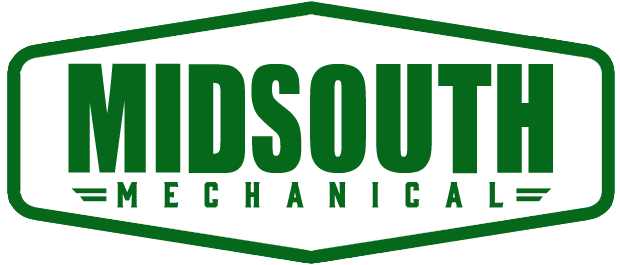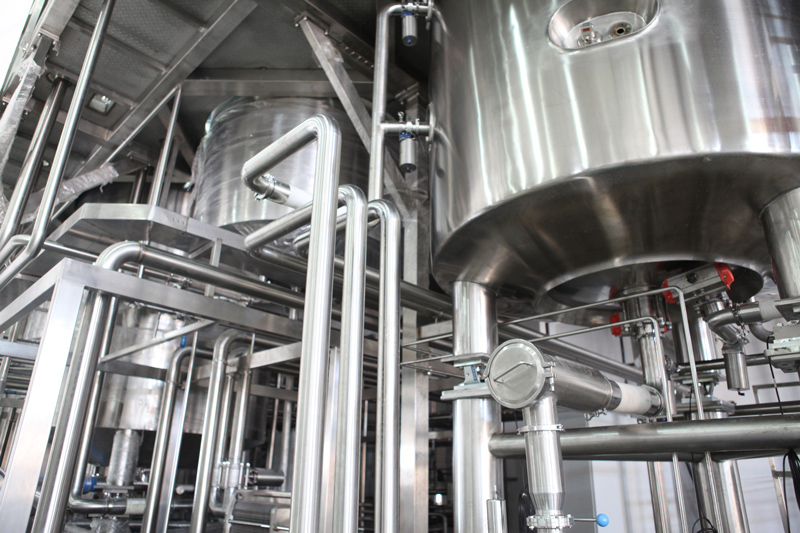Providing Columbus, GA with reliable, cost-effective process piping
Process Piping and Plumbing can be complex concepts to define especially in the absence of in-depth information to effectively differentiate. To most people, such concepts can be cross-cutting based on their close relationship in the manufacturing industry. As a homeowner, you might want to obtain accurate facts when seeking repairs on HVAC systems, plumbing and installation services from a seasoned company.
Understanding the basics of plumbing
A plumbing system is a network of pipes that distribute chemicals and liquid components through the building. Not all connected piping can be part of this, but there’s still some type called plumbing for water fixtures like faucets or showers not included within other systems with process lines being those connecting industrial factories together into one big machine! As a homeowner in need of urgent installation or repair services, the benefits of distinguishing between the two concepts cannot be stressed enough. After all, the right knowledge can assist you in obtaining the right services at affordable costs.
Understanding process piping
In a world where most buildings are built with plumbing, process piping is an overlooked but still vital part. Process piping incorporates any pipes that were excluded from the building’s mechanical systems and instead channeled towards one specific product – in this case production of valuable products. Here’s an example, the pipes used in the transportation of key ingredients such as salt, water, yeast, and flour in an industrial bread baking process can be considered to be components of a process piping system. Simply defined, pipes used in the distribution of substances other than water distribution are categorized as process piping systems.Process piping entails a vast interconnected system including separators, flanges, pressure hoses, traps, strainers, gaskets, and many more components. Such apparatuses are uniquely placed together to separate, distribute, stop, and control the movement of fluids within the piping system.


